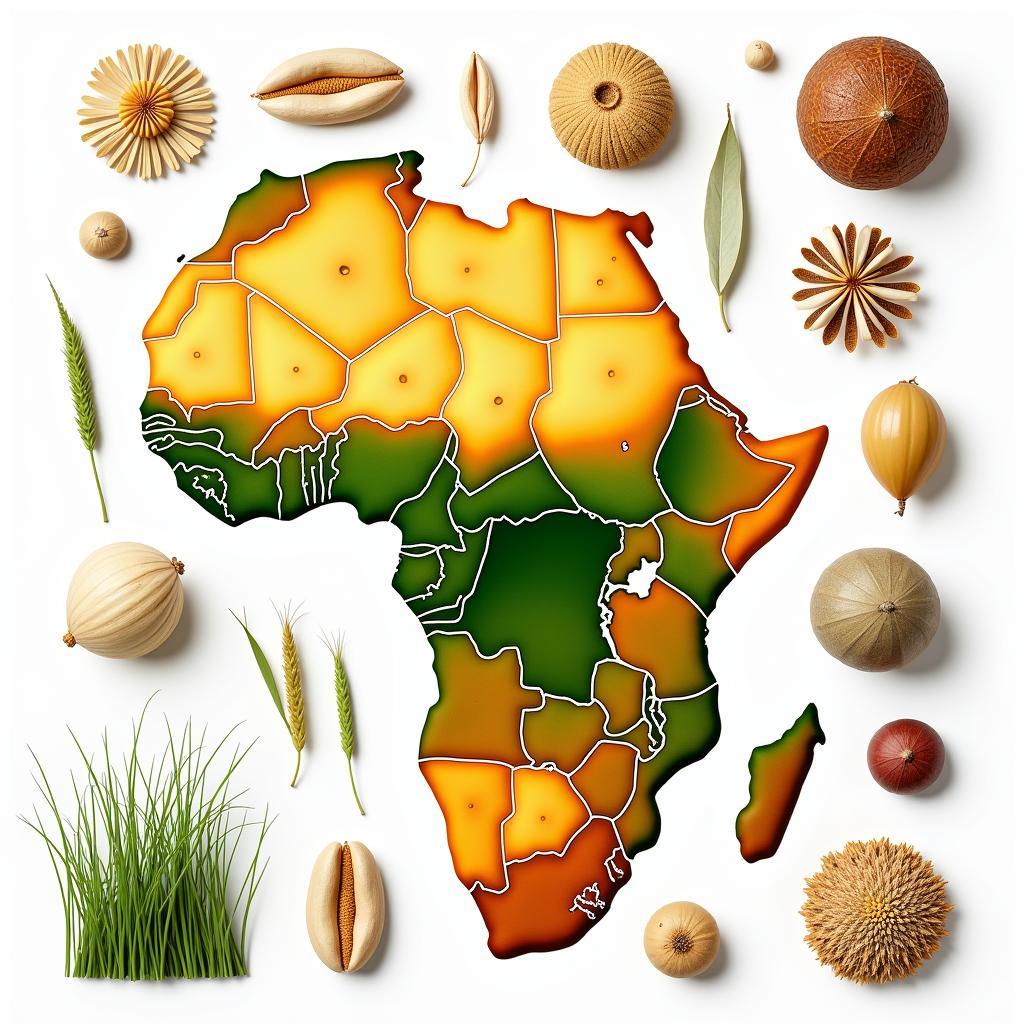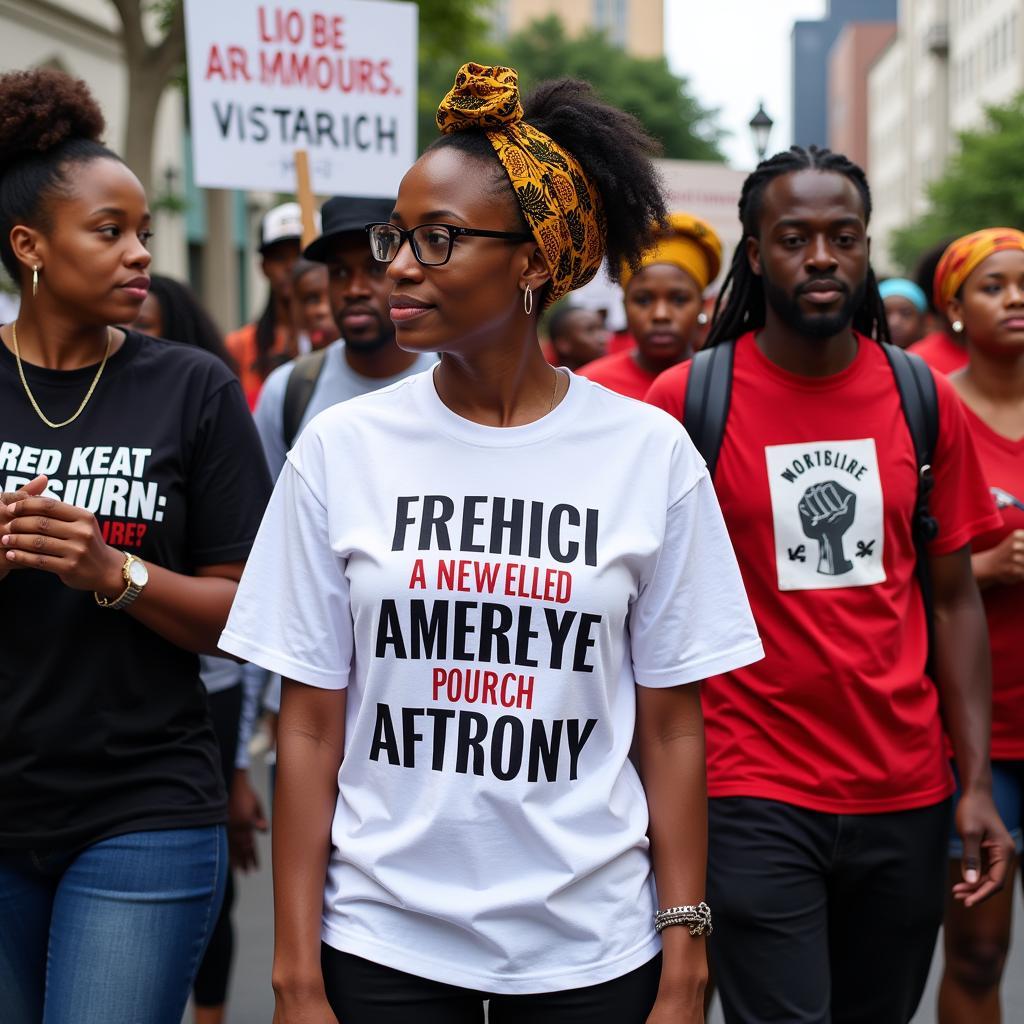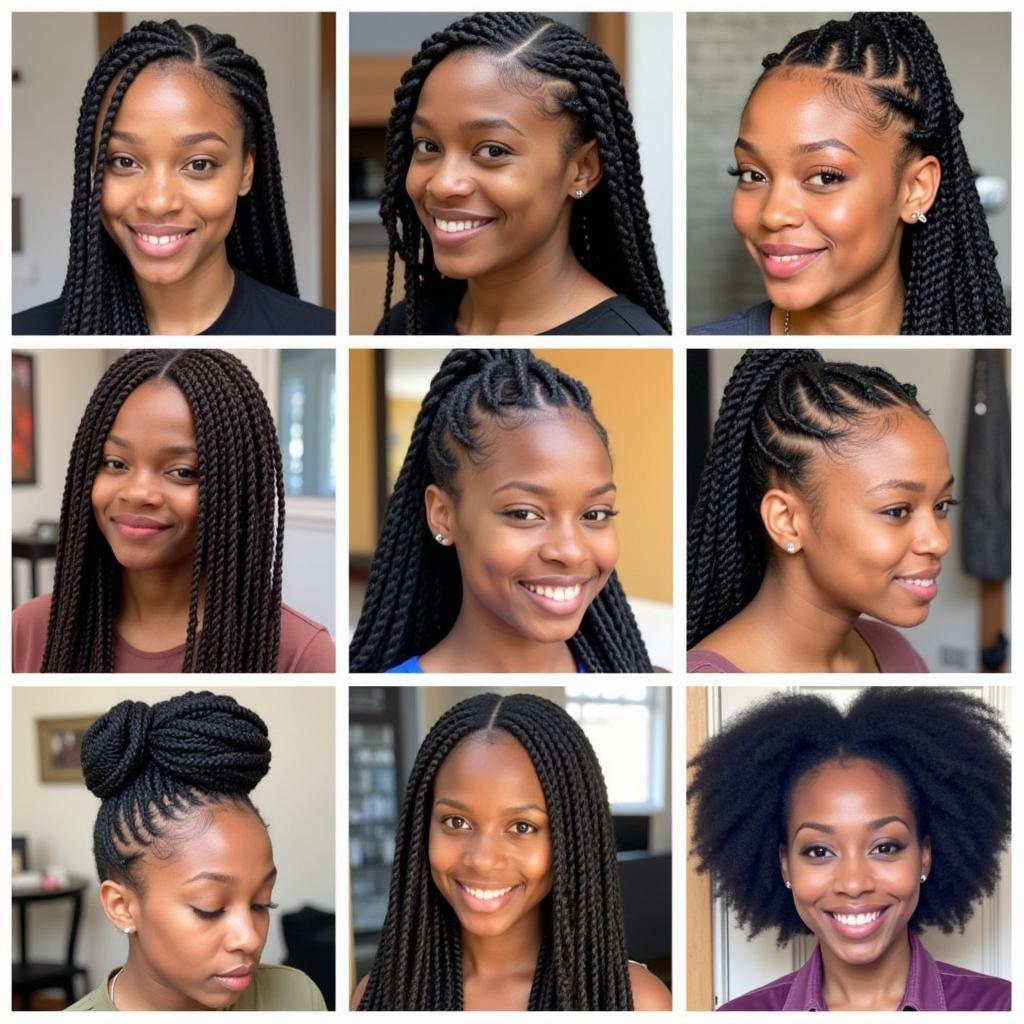The Rhythmic Allure of African Dance Anklets
African Dance Anklets, more than mere adornments, are instruments of expression, deeply woven into the vibrant tapestry of African culture. These anklets, often adorned with shells, beads, or metal, create a rhythmic accompaniment to the dancer’s movements, transforming each step into a percussive beat. From celebratory rituals to storytelling traditions, these small but powerful accessories play a crucial role in conveying the rich heritage of various African communities. Learn more about this fascinating aspect of african culture story.
The Significance of Sound and Movement
African dance anklets are central to the auditory experience of many traditional dances. The rhythmic clinking and jangling they produce amplify the dancer’s movements, creating a captivating soundscape that resonates with both performers and audience. This sonic element adds another layer of depth and meaning to the dance, enhancing its storytelling power. The sounds can represent anything from the rustling of leaves to the patter of rain, enriching the narrative expressed through movement. The weight of the anklets also influences the dancer’s gait, contributing to the overall aesthetic of the performance.
The materials used in crafting these anklets are often imbued with symbolic meaning. Shells might represent connection to the ocean or water spirits, while beads might signify status or lineage. The intricate designs woven into these adornments often tell stories of their own, reflecting the cultural heritage and artistic traditions of the specific community.
Exploring Regional Variations in Anklet Design
From the Sahel to the southern tip of the continent, African dance anklets exhibit a remarkable diversity in design and materials. In some cultures, simple strands of cowrie shells create a delicate, whispering sound, while in others, elaborate metal anklets produce a more resonant, metallic clang. These variations reflect the unique cultural identities and artistic expressions of different African communities. For example, the anklets worn by the Maasai people of East Africa differ significantly from those used in West African Yoruba traditions, highlighting the regional nuances in aesthetics and symbolism.
In many West African cultures, african dance anklets are often paired with other adornments, such as african headbands, creating a cohesive and visually stunning ensemble. The combined effect of these accessories amplifies the dancer’s presence and adds to the overall spectacle of the performance.
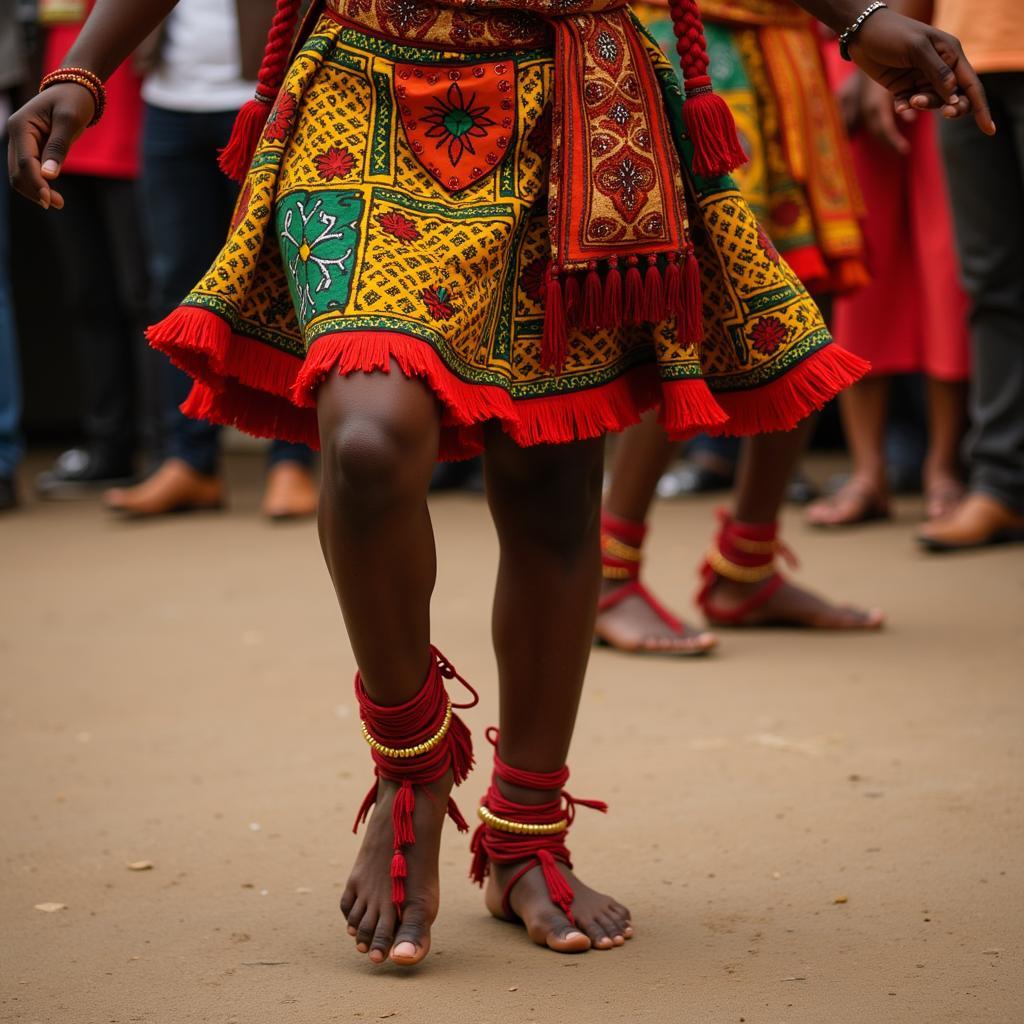 West African dancer with traditional anklets
West African dancer with traditional anklets
Preserving Tradition Through Modern Interpretations
Today, African dance anklets continue to be cherished symbols of cultural heritage. They are not only worn in traditional ceremonies and performances but also find their way into contemporary dance forms and even fashion. This evolution speaks to the enduring power of these objects to connect people to their roots while also allowing for creative expression in the modern world. Even outside of Africa, these anklets are appreciated for their beauty and cultural significance, further promoting awareness and appreciation of African artistry. This continuing relevance ensures that the traditions associated with these powerful objects are passed down to future generations. You can discover more about the history of a specific dance tradition like the Bongo by exploring the african bongo dance history.
“The sound of the anklets is the heartbeat of the dance,” says Dr. Abeni Ogungbemi, a renowned ethnomusicologist specializing in West African music and dance. “It’s not just an accessory; it’s an integral part of the storytelling, connecting the dancer to the earth and to the ancestors.”
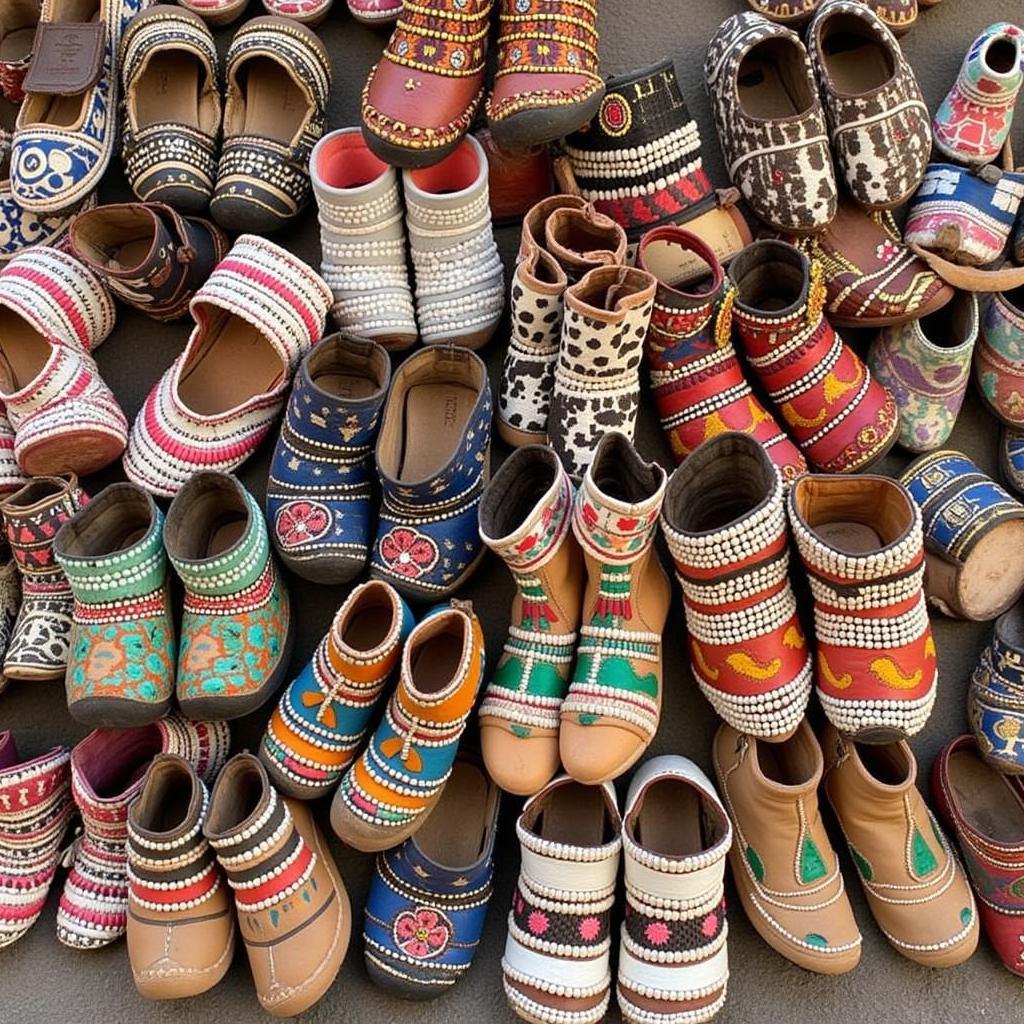 Display of various African dance anklets
Display of various African dance anklets
The Enduring Legacy of African Dance Anklets
African dance anklets represent more than just rhythmic accompaniment; they embody the spirit, history, and artistic brilliance of diverse African cultures. From the intricate craftsmanship to the symbolic meanings embedded in their designs, these small but powerful objects hold a significant place in the rich tapestry of African heritage. As they continue to be embraced in both traditional and contemporary contexts, they serve as a powerful reminder of the enduring legacy of African artistry and the importance of preserving cultural traditions. The rhythmic allure of African dance anklets continues to resonate across generations, captivating audiences and connecting people to the heart of African culture. If you’re curious about traditional African practices, you may be interested in learning more about South African baby naming traditions.
FAQ
- What are African dance anklets made of? They are made from various materials including shells, beads, metal, and seeds.
- What is the significance of African dance anklets? They are not merely decorative; they are integral to the rhythm and storytelling of many African dances.
- Are there different types of African dance anklets? Yes, designs vary widely across different regions and cultures, reflecting diverse artistic traditions.
- Where can I buy authentic African dance anklets? Reputable cultural centers, online marketplaces specializing in African crafts, and fair trade organizations are good places to start.
- Can I wear African dance anklets if I’m not African? While appreciation is welcomed, it’s important to wear them respectfully and understand their cultural significance.
- How do I care for my African dance anklets? Proper care depends on the materials. Consult the seller or a cultural expert for specific guidance.
- What other accessories are often worn with dance anklets? Headbands, necklaces, and bracelets are often part of a dancer’s full attire.
Need help? Contact us 24/7: Phone: +255768904061, Email: [email protected], Address: Mbarali DC Mawindi, Kangaga, Tanzania.
